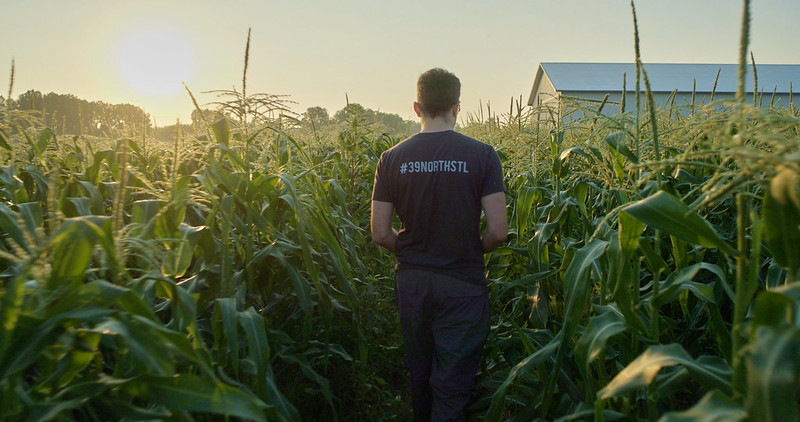Though the future of higher education might look more hybrid than face-to-face, there are concerns about whether students can be engaged and understand lessons taught during remote learning, particularly those in traditionally hands-on fields such as STEM.
In an assessment done by a team of researchers at the renowned Donald Danforth Plant Science Center outside St. Louis, students seemed to struggle with both cognitive and emotional engagement during the past year, according to Kris Callis-Duehl, Director of Science Education Research and Outreach.
Callis-Duehl says that while students adapted to the COVID-19 pandemic’s shift to virtual education on a behavioral level—reaching out to professors to accomplish tasks and getting instructions on projects—they were more inclined to fall into other traps that they may not have had their work and teachings been conducted in-person.
“Emotional engagement is where we saw just outcomes plummet,” Callis-Duehl says. “We would hope that students who are in biology or chemistry courses by the end of the semester, they would trust science more, they would believe in science more. All of that went down, and in particular, the most dramatic was the ‘I believe in science’ concept.”
She says the charged political atmosphere—and disparate messages being delivered from each side—confused students who did not have the luxury of being presented the science in person.
“There were so many mixed messages from our community and national leaders—masks/no-masks, social-distance/don’t social distance—that even our science students didn’t know how to [differentiate the truth],” Callis-Duehl says. “They had a hard time figuring out who to trust. They were giving weight to both the scientists and the leaders. For us as scientists it was super clear: we trust the scientists, not the politicians. But for science students, they weren’t at the point yet where they had reached that expert level of being able to differentiate. Those seeds of doubt were undermining their feelings toward science being important.”
More downward trends but hope, too
The Center works with about 40 universities across the United States on undergraduate student research and has several graduate students that work on-site. For the study published in the journal Microbiology and Biology Education, Callis-Duehl and the team conducted around 500 surveys overall, paring down the final number to 73, for undergrads who largely study biology, anatomy and physiology, chemistry and ecology. Among those surveys surfaced an alarming trend: students largely failed on the cognitive engagement level.
“What we would hope to see over the course of a semester in a university class is that they’re more engaged at the end than they are the beginning,” Callis-Duehl says. “The information increases, and as their input and content understanding increases, they want to know more. But what we saw was completely flat. From the middle to the end of the year, nothing changed. That’s super important. A nonsignificant difference from middle to end means they’re not learning.”
Faculty’s struggles to quickly pivot to the remote environment was a factor.
“We know from pre-pandemic that science can be taught online, but it is not the same as teaching in person,” she says. “If you go into teaching online with the same pedagogy and the same mechanisms that you taught in person, it doesn’t work. Taking folks who are teaching in person and then throwing them into an online setting, they’re falling back on what they’re used to.
“What we were seeing is they didn’t have enough professional development to be able to make the switch effectively. They were so stressed by what was going on that it was difficult to make that switch. Instructors who found that their students didn’t go through these kinds of losses were instructors who had background in online education. But those were few.”
But, similar to teachers at K-12 being thrust into virtual instruction, faculty began to adapt.
“We’re not seeing the same outcomes from the spring,” she says. “We think that’s because teachers had more time to adjust their courses, so they were taking advantage of the online tools, as opposed to just trying to shove a square peg into a round hole.”
The Danforth Center is planning to look more closely at outcomes for both groups as they head back into more traditional classrooms in the fall. “We want to know how that transition back to in-person happened,” she says. “Are these skills that we started to see them building making them more successful, as we suspect they will? Or are there other barriers to them transitioning back to being in-person that we might not have foreseen?”




